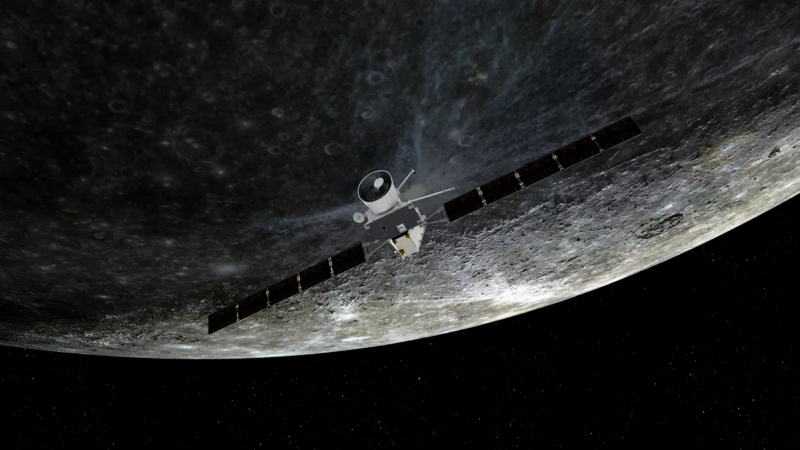The European-Japanese BepiColombo probe will fly close to Mercury for the fourth time on September 4. However, due to problems with the engines, the device will be able to enter the planet’s orbit 11 months later than originally planned. BepiColombo was expected to reach orbit in December 2025, but scientists have now reported that this will not be possible until November 2026.

Image source: ESA
The BepiColombo probe was launched into space using an Ariane 5 launch vehicle in 2018. The device is designed to study Mercury, and its path to the planet initially included one flight around the Earth, two flights over Venus and six over Mercury itself.
However, the original plan had to be revised because, due to a failure that occurred in April this year, the probe’s engines are no longer operating at full power. Mission engineers discovered “unexpected electrical currents” between the Mercury Transfer Module (MTM) solar panel and the device that distributes power between the probe’s modules.
«After several months of studying the situation, we have concluded that the MTM engines will operate below the minimum thrust required to enter orbit around Mercury in December 2025,” Santa Martinez, head of the BepiColombo mission at the European Space Agency (ESA), said recently. Martinez).
It is noted that the problem with the BepiColombo engines does not jeopardize the entire mission. The engineers were able to plan a new flight path taking into account the fact that the vehicle’s engines could not operate at full power. Under the new plan, the spacecraft will fly 35 km closer to Mercury today than originally planned, eliminating the need for the engines to fire up at full power on its fifth flyby. During its sixth flyby, the probe will enter a new trajectory that will allow it to reach the orbit of Mercury in November 2026.
The BepiColombo mission consists of two orbiters developed by ESA and the Japan Aerospace Exploration Agency (JAXA). In total, they carry 16 scientific instruments. After entering Mercury orbit, the spacecraft will separate and will be used to study the planet for a year. If successful, the mission may be extended for another year.